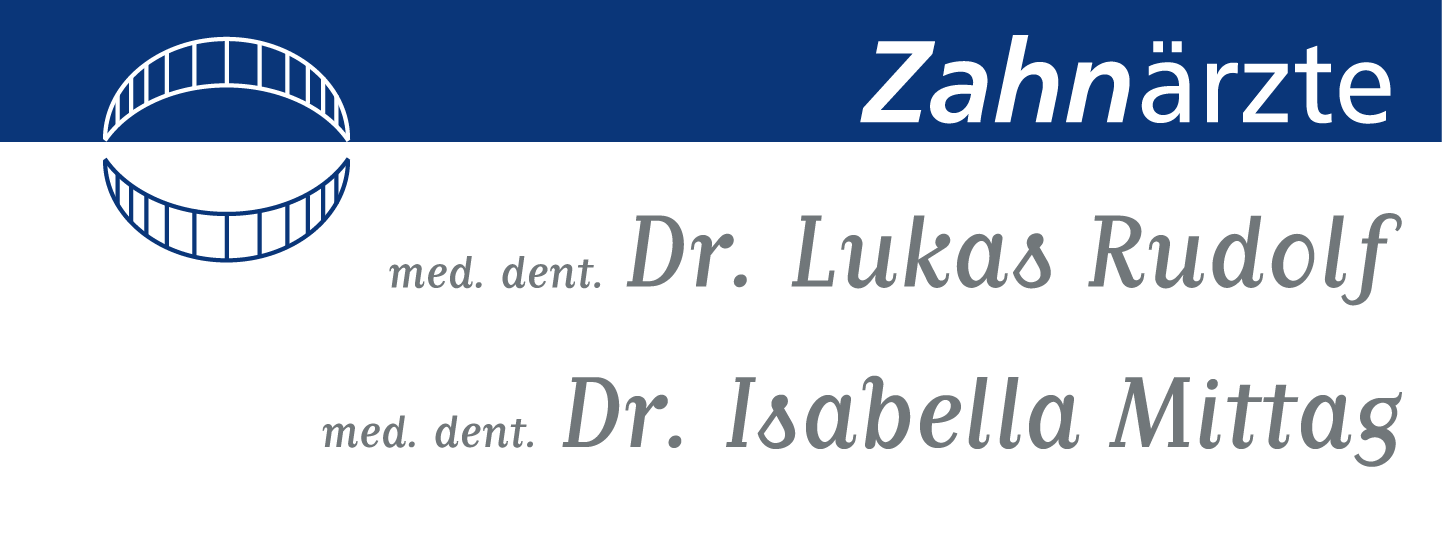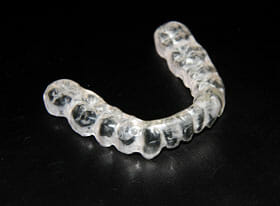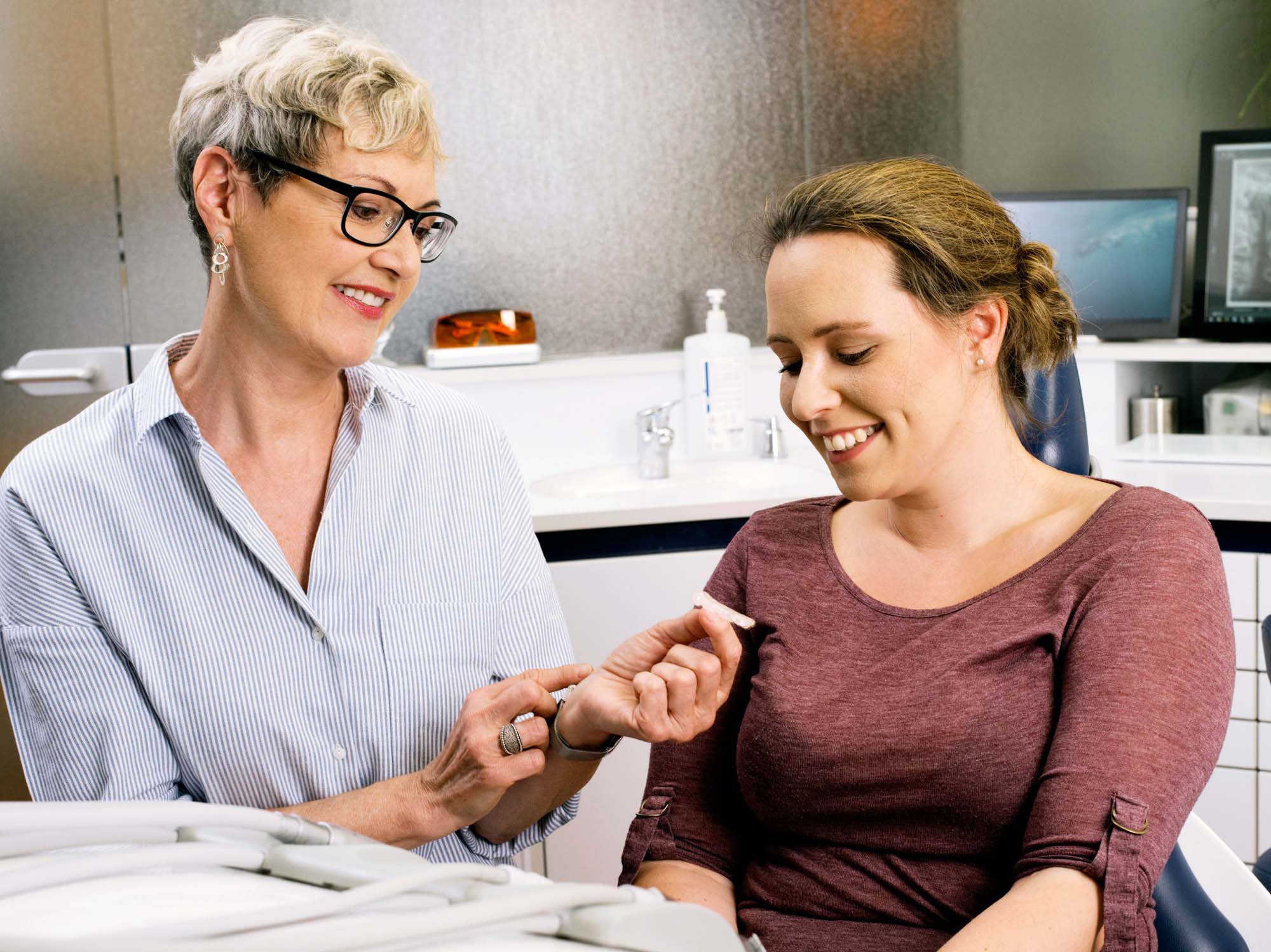Grinding of teeth
Effects on temporomandibular joint and descending muscle chain
An article by Dr. med. univ. Christine Rudolf
Many people are perhaps familiar with the grinding of teeth because, on the one hand, they cannot sleep due to the nocturnal “tooth scraping noises” of their partner and, on the other hand, they themselves wake up again and again in the morning with tense neck and shoulder muscles.
Others, on the other hand, notice that they press their teeth firmly against each other during the day when they are tense and concentrated (according to the well-known motto: “Bite your teeth together” – in stressful situations).
These grinding and pressing actions are also called bruxism or parafunctions of the chewing organ.
These dysfunctions take place mainly unconsciously at night and serve to reduce stress with more or less pronounced negative effects.
The symptoms that indicate bruxism are as follows:
We find diffuse pain conditions in the area of the temples, the teeth, in the jaw joint up to trigeminal neuralgia and ringing in the ears (tinnitus).
There are crackling and rubbing noises in the jaw joint with large mouth openings. This indicates a tense masticatory muscle, which pulls the cartilage disc in the temporomandibular joint out of its position and thus slips loudly over the joint head.
As a further symptom we find morning tensions of the masticatory muscles, the neck, the shoulder girdle, up to back and back pain.
The damage to the tooth substance in the form of grinding facets, flattened cusps (especially visible in the canines of the upper jaw) is also an effect of grinding.
One of the main risk factors for bruxism is the above-mentioned stress, either in permanent form or during periods of peak stress (professional, private, psychological,…).
Malpositioned teeth with false contacts also provoke teeth grinding. An increase of the bite position by 0.1 mm results in a measurably higher chewing muscle tone after only 2 weeks. This also occurs if a filling or crown is too high and the teeth constantly “rumble” over this obstacle when chewing.
Now to the effects of grinding and pressing:
Due to the shortened masticatory muscles, the above-mentioned cartilage disc (discus articularis), which lies between the head and socket of the jaw joint, is displaced and gradually worn out. The result is damage to the temporomandibular joint.
The tension of the masticatory muscles continues through the neck, shoulder and back muscles and forms a descending lesion chain. This can result in blockages of individual vertebral bodies, a malposition of the sacroiliac-intestinal joint with pelvic obliquity and a measurable difference in leg length.
Today, we use the so-called “grinding splint” as a therapy, better known as the temporomandibular joint relief splint. This consists of solid plastic, is approx. 2mm thick and rests on the lower row of teeth. The patients bite or grind with reduced force as if on a “shock absorber”.
It seems sensible to me to send the patients to the osteopath before a splint adjustment, especially in the case of existing spinal problems. Then impressions of the upper and lower jaw are taken and a silicone bite registration is made. The technician then makes the splint. I check the optimal splint position during the transfer by means of leg length test, posture control and muscle test (this is a kinesiological diagnosis and therapy method that I also use for many other dental problems).
I recommend massages, further osteopathic treatments, and possibly autogenic training or biofeedback to reduce stress.
In case of great stress or severe jaw joint problems, the splint should be worn all day for 1-2 weeks at the beginning, then only at night.
After 2-3 weeks, the splint is checked and possibly grinded in, since the tooth contacts change due to the more relaxed musculature. Later, the splint is only checked every 2-3 months.
In the case of extreme tooth malpositions, orthodontic treatment can be considered parallel to splint therapy.
Sometimes it also makes sense to carry out technical work such as crowns, bridges, implants, etc. following splint therapy.
The splint will probably remain a lifelong nocturnal companion for pure “stress crunches”!


